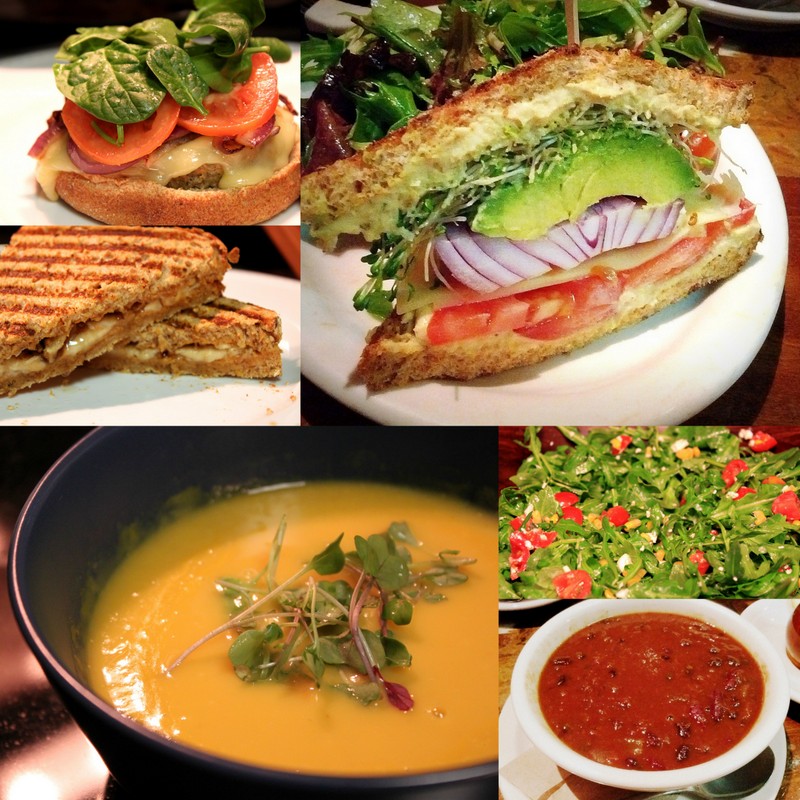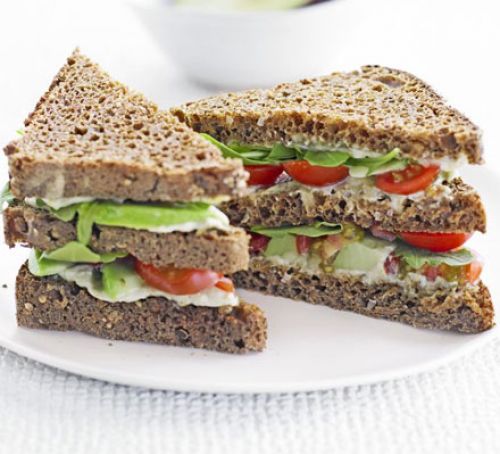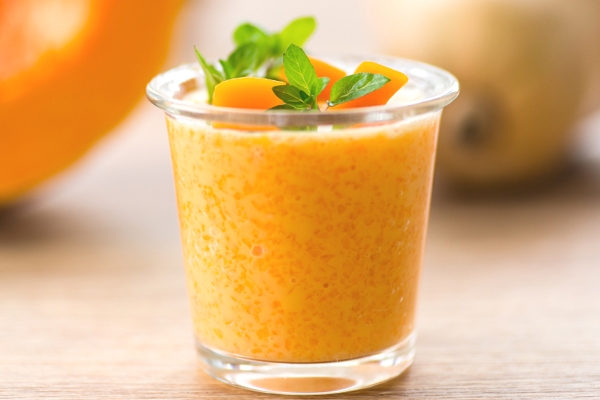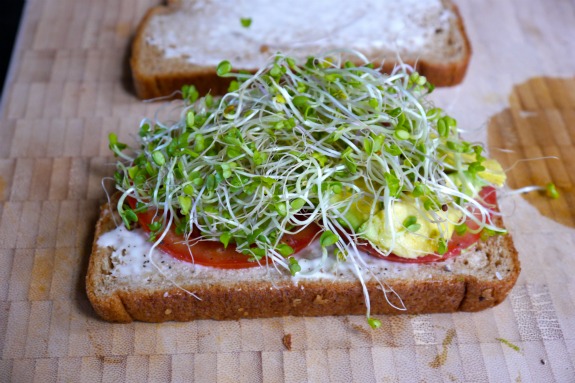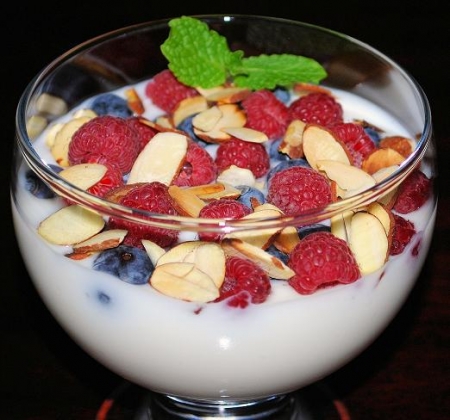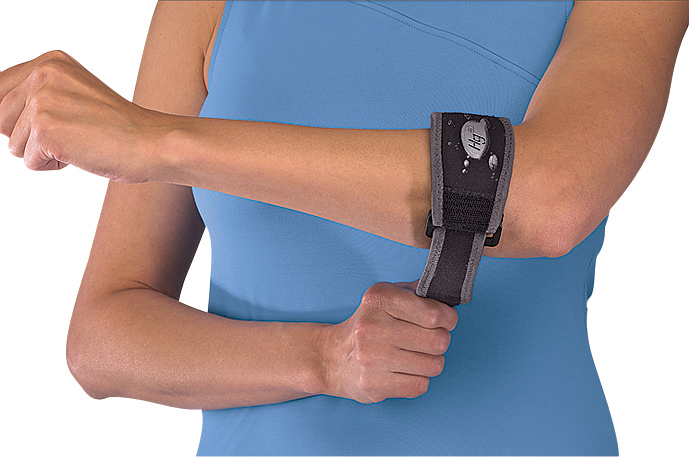
How often have you heard or read in news about a sportsman suffering a tennis elbow or your friend saying I am suffering a tennis elbow? Many a time I am sure. But, are you aware of what is ‘Tennis Elbow’ and how can you prevent it.
The elbow is known as the “funny bone” but if you suffer from tennis or golfer’s elbow, the pain you undergo when you hit the elbow is unbearable.
Tennis elbow can be caused by sudden injury of the muscle and tendon area around the outside of the elbow where the muscles and tendons of the forearm attach to the outside bony area- the lateral epicondyle of the elbow. Another common term, “golfer’s elbow,” refers to the same process occurring on the inside of the elbow called as medial epicondyle. It does not happen with the sportspersons only, it’s just the term which is referred to the sport as it can be a significant problem for some tennis players.
What Are the Symptoms of Tennis Elbow?
- Pain around the outside of the elbow.
- Pain is worse by moving the wrist with force. Examples include lifting, using tools, opening jars, or even handling simple utensils such as rolling pin, using a toothbrush or knife and fork.
How do you manage a Tennis Elbow?
Tennis elbow is treated primarily by physiotherapy which includes some exercises of forearm and wrist along with their strengthening progressively, bracing for resting the muscles, topical anti-inflammatory gels, topical steroid gels, and steroid injections. Surgery is needed in rare cases.
Immediate line of treatment to reduce the pain and inflammation of tennis elbow should be:
- Rest
- Avoid any activity that causes pain.
- Apply ice to the affected area. Holding a cold compress, such as a bag of frozen peas wrapped in a towel, against your elbow for a few minutes several times a day can help ease the pain.
- Massaging and manipulating the affected area may help relieve the pain and stiffness, and improve the range of movement.
Exercises:
It is important to maintain the fitness levels with performing some light exercises like:
- Aerobic exercises like walking, running or jogging that are good for overall fitness
- Gentle stretching exercises can help in rehabilitating the elbow and some of the good exercises for tennis elbow include gentle wrist extensions, flexes and rotations, wrist curls and extensions with the help of light dumbles.
- Isometric exercises such as squeezing a ball, are also a good cure for tennis elbow.
Tennis Elbow prevention through nutrition
Apart from the above-mentioned treatment options, it is also important to support the connective tissues’ health with nutrient-rich, anti-inflammatory food:
- Have plenty of colourful fruits and vegetables daily in your diet.
- Consumption of Pineapples is beneficial as they are rich in vitamin C that helps in building collagen. They are also rich in bromelain, which contains powerful anti-inflammatory properties that can reduce pain and swelling caused by tennis elbow.
- Having good quality protein which contains a high biological value like eggs, lean meat which serves as the “building blocks” for tissue repair.
- Having supplements with vitamin C, vitamin A, zinc and copper.
- Having anti-inflammatory foods and supplements such as barley, ginger, curcumin, omega 3 rich foods like fish such as mackerel and salmon, walnuts, flaxseeds etc.
- Limit the intake of processed and canned foods and sugar.
Precautions to be taken
To help lessen the stress and abuse on tennis elbow:
- Use the proper equipment and technique in sports.
- Use of a counter-force brace, an elastic band that wraps around the forearm just below the injured elbow (tendon) may help to relieve pain in some people.
- Avoid tight gripping and overuse of the wrist.
